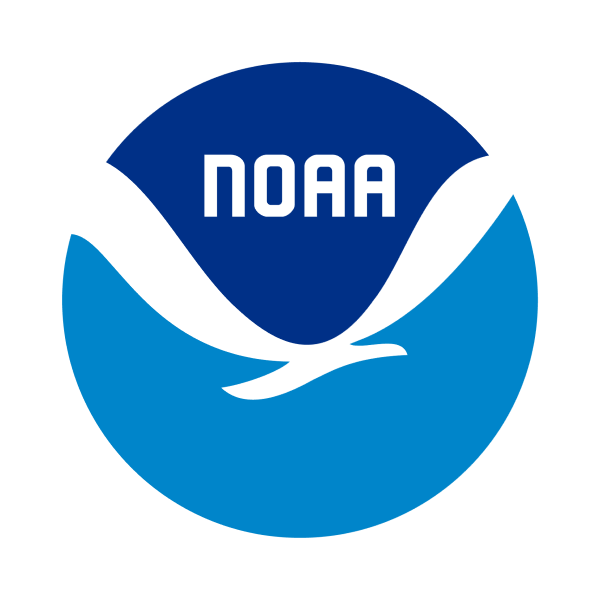One Cool Earth, in partnership with the National Oceanic and Atmospheric Administration Marine Debris Program and Bay Watershed Education and Training program, created a series of standards-aligned lesson plans exploring issues related to marine debris and environmental stewardship.
 An official website of the United States government.
An official website of the United States government.
Official websites use .gov
A .gov website belongs to an official government organization in the United States.
Secure websites use HTTPS
A small lock or https:// means you’ve safely connected to a .gov website. Share sensitive information only on official, secure websites.








